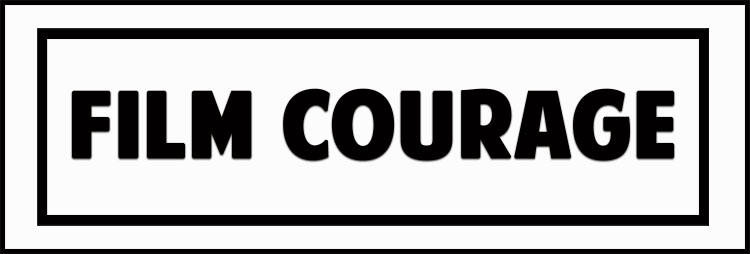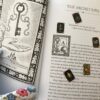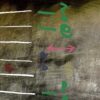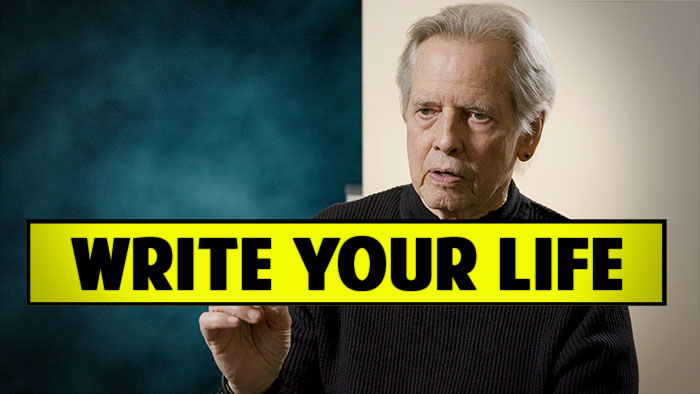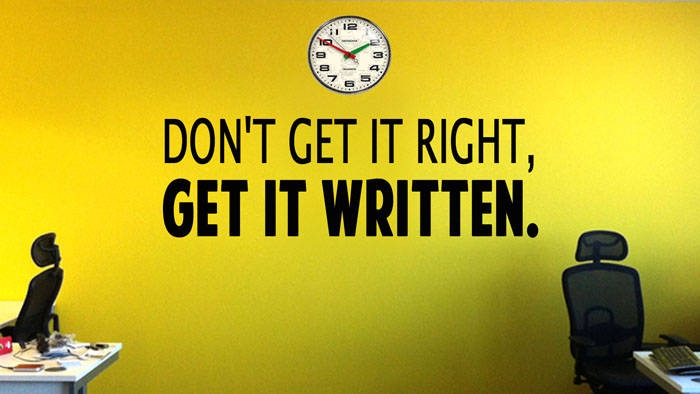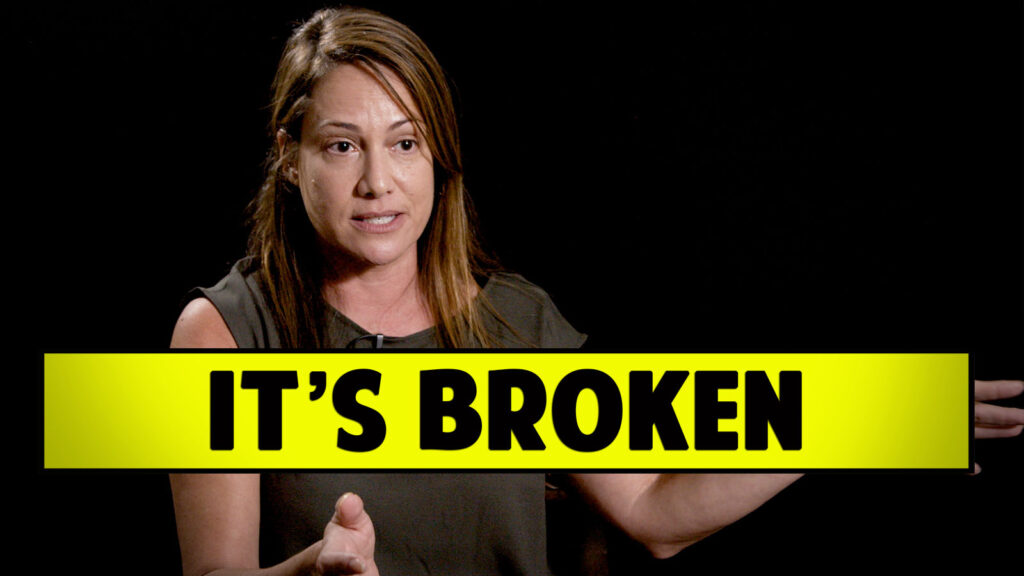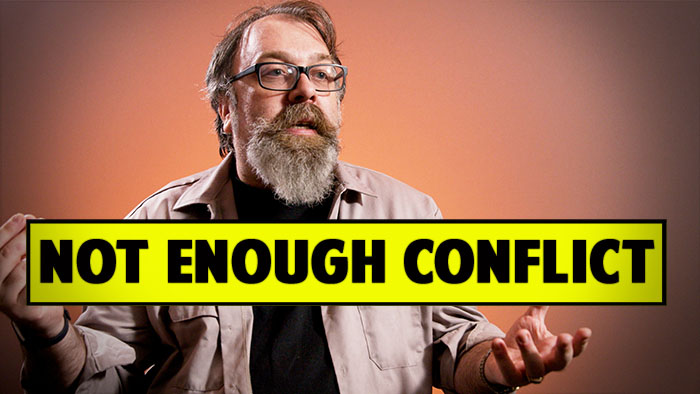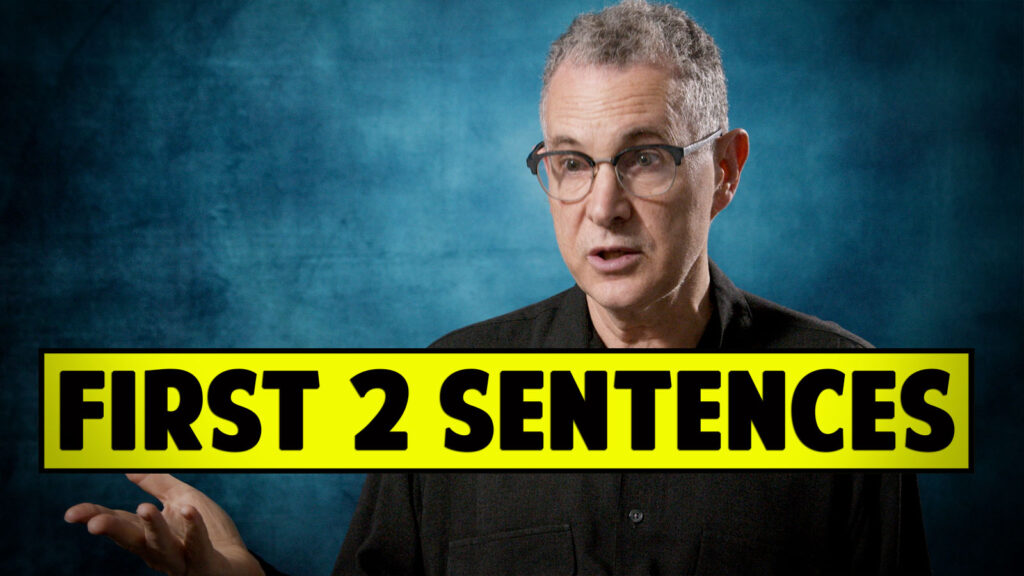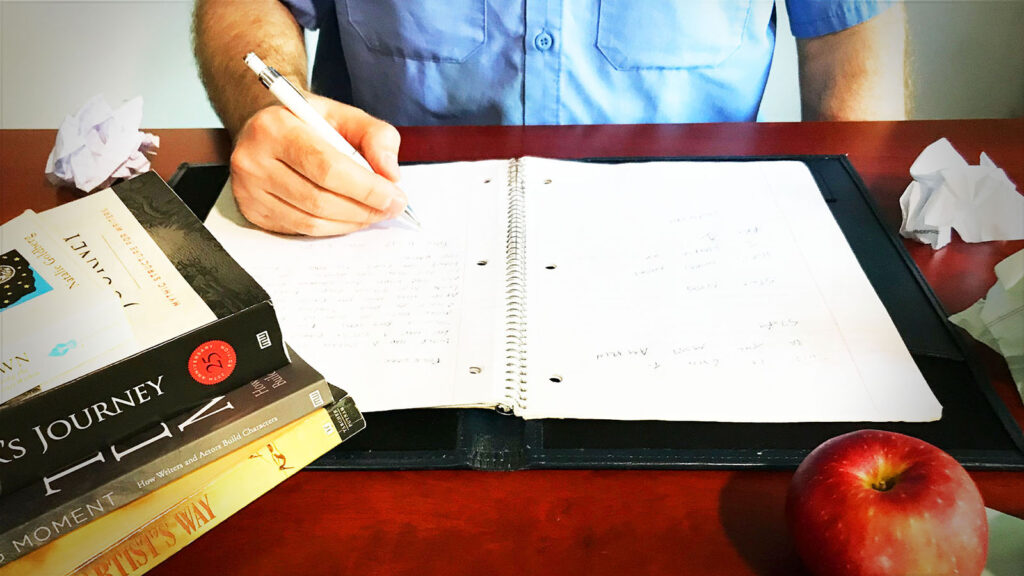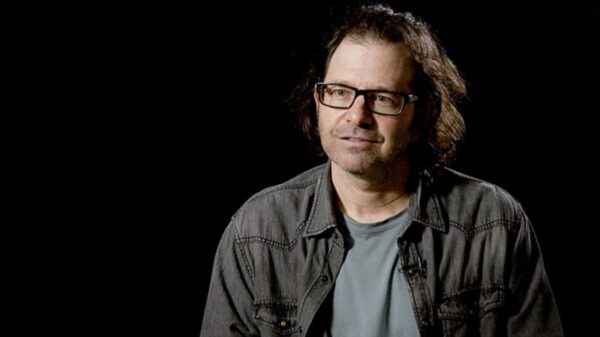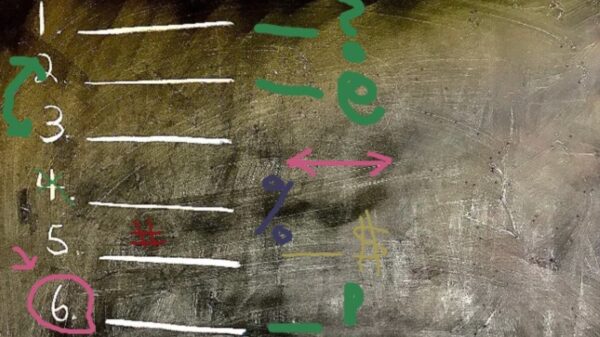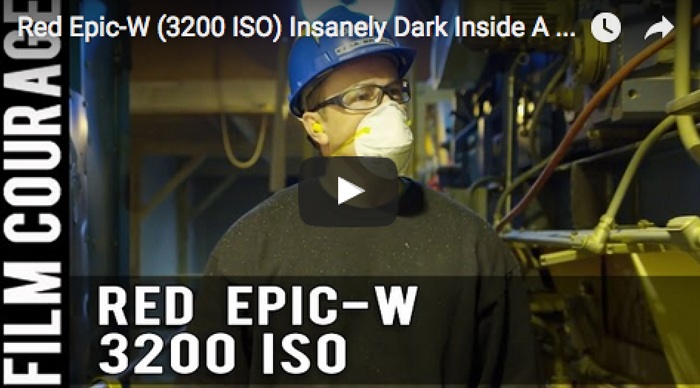
Watch the video here on Youtube
Adam Plantenburg: Nice…
Owen Garitty: Nice…
Adam: You want me to smile at the camera? Be stoic? Just chill?

Owen Garitty and Adam Plantenburg of FPW Media
Owen: Are you going to do the [makes a serious face] Hold on, should I have my tea? Probably.
I’ve been sitting here for 15 minutes trying to figure out how to intro this video, so…here’s the intro to the video…I’m Owen with FPW Media.
Adam: I’m Adam from FPW Media.
Owen: And we’re here to talk about a video we recently did called I AM APEX for Timber Products Company specifically for their Ampine division, specifically when they came to us about launching their new product Apex, which is a composite panel product. We really worked hard and thought about how can we make that visually interesting?
We decided to have the story of the production of one of these panels be told from the perspective of the panel. So we shot the whole project on a Red camera. We shot on a Red Epic W and a Red Epic Dragon.
What is really interesting is that the mills are really, really, really dark. Like…you can attest to this…
Adam: Insanely dark!
Owen: Insanely dark. So we shot most of it at 3200 ISO (I think)?

Adam: Yeah.
Owen: Is that right? That seems about right, yeah. Which is nuts. And I mean, it looked fantastic. We shot it mostly on Canon still glass L series lenses, with a cinema lens here and there thrown in. I’d say it’s an artistic decision but it was also driven by necessity but it was really awesome how it worked out in that the lighting…we knew that going in lighting was going to be a huge problem. We’ve shot in a lot of mills before so we decided to embrace that lighting was going to be a challenge and actually psychically show a lot of our lights in the shots because in the mills there are all sorts of different lights that are different bulbs, different color temperatures, and we knew that we were going to have no control over that.
Adam: Yeah, because a lot of the times it looked like what we’re shooting is a spot that needs to be examined anyways, so it could be a light that’s spotted on there for a specific reason.
Owen: Right. So probably one of the hardest shots (I would say from a safety perspective and just like a planning perspective) was our shots in the furnished room where the dust comes in and the furnish comes into be made into the board and the graded footage (you can’t really tell) but there it was so dusty that when they were moving, it was probably like a whiteout almost. I mean, Adam was basically…and I don’t actually know, were you behind me?

Adam: Yeah, so I had one hand on your safety vest just kind of pulling you around, making sure that you didn’t run into anything. That if the loader was coming at you, we weren’t too close and then at one point your safety glasses fell off and you must have just been filming blind essentially.
Owen: I basically was. I mean it was like I kind of knew where I could see where the loader was and I could kind of see the camera, but I was just imaging the framing because I couldn’t even see the screen because the screen got completely covered over with dust at one point, but it turned out really well.

Adam: And as soon as the take was over it would be us running out putting the camera on the stand and then just blowing it off like crazy…
Owen: Oh, no! Where did Adam go? I’m sitting here with Jake, our senior editor at FPW Media to talk about the post-production process on I AM APEX. Jake do you want to kind of take us through our last product shot where we get back into the narrative?
Jake Sullivan: Yeah, and sometimes that’s great because that one was actually really easy. That was kind of borne out of the camera movement and then all I had to do was really dip to black there and pay close attention to where we were making the actual cut in both of those.
Owen: And we kind of threw you a curveball in that one a little bit because that part of the project wasn’t shot until almost the whole edit was done, I would say so you had this kind of gaping hole for most of the edit where those product shots were supposedly going to go.
Jake: And those were also kind of fun because we had a lot of visual effects to cover things that we couldn’t get in camera.
Owen: So you added more fire, what else?
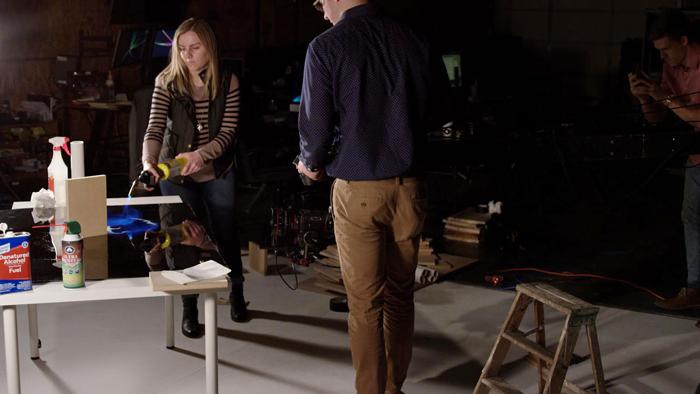
Jake: More fire in the studio is kind of hard to not light things on fire [laughs]…so…
Owen: Right. And then on the moisture scene, you added a couple layers in front? Or how did that work?
Jake: I added a couple layers of smoke in front and then I masked out the actual piece and added a couple behind it to give that sense of depth that it has.
Owen: All and all, I think it is one of the projects that I’m most proud of. We had a blast filming it and if anybody has any questions about the production or the gear we used or anything like that, please reach out to us and make sure to watch the video in full. Thanks for watching!
WATCH THE VIDEO – “I AM APEX by Timber Products Company“
CONNECT WITH FPW MEDIA
Fpwmedia.com
Facebook
Advertisement

Batman fans! Watch the campaign video here on GoFundMe and check out the story behind the music from the 1966 “Batman” Television Series
THE BEAT OF THE BAT is a full-length documentary that tells the story of the music of the 1966 “Batman” Television Series and how composers Neal Hefti, Nelson Riddle & Billy May gave Batman his first real musical identity- and one that has remained inexorably tied to the character for over 50 years!
In fact, if you saw the just released “Lego Batman Movie” you might have noticed the numerous references to the music of the TV series.
And face it, you can go up to anyone, anywhere in the world and sing “Na Na Na Na Na Na Na Na!” and they will instantly know what you are talking about!
The music was as important to the show as the bright colors, campy dialogue and tongue-in-cheek performances. Yet, strangely, the story of how it came to be has never been told… Until now.

Watch EXODUS on iTunes starting April 18th, 2017
EXODUS documents the journey of Syrian refugees as they cross the Aegean Sea from Turkey into Greece. In the winter of 2015, over three thousand refugees attempted this treacherous crossing everyday, all in hope of seeking asylum in the European Union. It’s a life and death gamble that they are willing to take, all for a chance at a new life away from their war-torn homeland.

Watch FREAK OUT on iTunes here!
FREAK OUT: Matan, a soldier in the IDF, sets off for a week of patrolling in a remote base in the north of Israel with three soldiers whom he doesn’t know. As the week progresses, the soldiers begin to question whether they will come out of this experience alive.

Watch THE HOLLY KANE EXPERIMENT on iTunes here!
THE HOLLY KANE EXPERIMENT: An obsessive psychologist attempts to reprogram her subconscious mind, but when her actions become increasingly uncharacteristic she fears her experiment is dangerously out of control.

Watch the video here about filmmaker Roee Messinger and his desire to create this powerful documentary film
AMERICAN TRIAL seeks to discover what a trial in the Eric Garner case might have taught us. How is our legal system designed to handle cases such as Garner’s? What verdict may have been returned after all the evidence was presented? More importantly, what conversations, perspectives and emotions went unexamined because of the grand jury’s decision?
Similarly to fiction courtroom dramas, the lead characters of this documentary will be the attorneys leading the prosecution and the defense. Our camera will capture them as they develop their public arguments and individual positions. How do they decide which witnesses to summon? How do they prepare for their court appearance? Are there any discrepancies between their systemic role and their true feelings regarding the case?
The film will also follow a news crews covering the trial and reporting on race relations in America within the context of the trial and the movement for black lives. They will travel across America to discover what public figures, intellectuals and activists think about the Eric Garner case, as well as other similar cases through the prism of racial relations in the United States.



